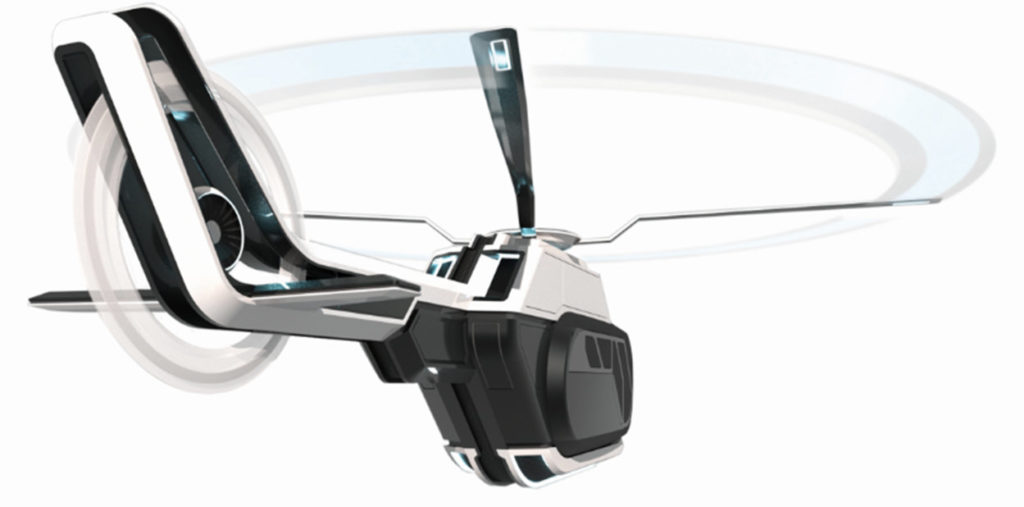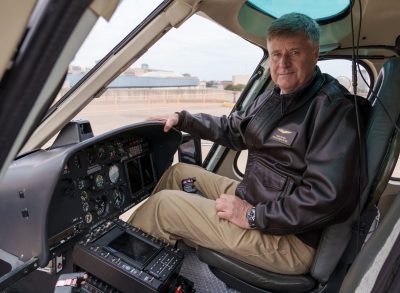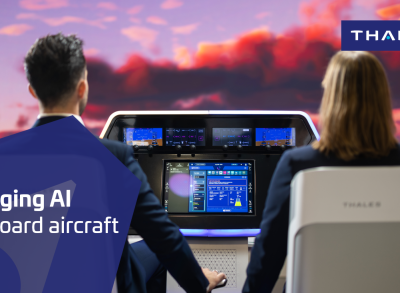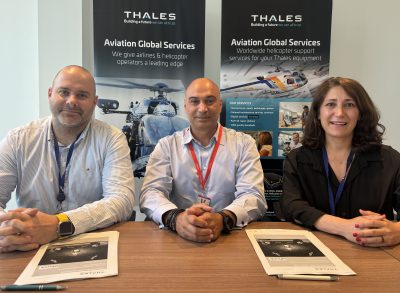How safety and capacity are driving innovations in future helicopter avionics

What solutions are you working on?
We are already developing systems that give pilots a better picture of their environment without increasing their cognitive workload. Making it easier to fly the helicopter enables pilots to focus more of their attention on the mission. At the same time, improving situational awareness, including in degraded visibility conditions, optimizes helicopter operations.
What kinds of technologies are involved?
New head-up displays (HUDs) will be able to project symbols onto the visor in front of the pilot’s eyes in a degraded visual environment. Adding synthetic 3D symbols in this way gives pilots the information they need to land in the most dangerous conditions such as ‘brownouts’, when the helicopter sweeps up dust or sand particles as it makes its approach.
The TAWS software (Terrain Awareness Warning System) gives pilots a better view of obstacles and terrain and alerts them in the event of danger, taking into account the maneuvering capability of each helicopter type.
What other challenges lie ahead?
We are bringing the digital revolution into the cockpit, connecting the ‘open world’ with avionics systems without compromising safety. The helicopter will have to be at the centre of a broader system interconnected with counterparts on the ground, other helicopters and unmanned aerial systems.
So our role is to conceive cockpits capable of accommodating these evolutions while mitigating their impact on pilot workload. Our future avionics concept heralds a next-generation cockpit that is more functional and easier to use, with an open architecture and a modular design, and an intuitive user interface.
Stay connected with us...
Find us on Twitter @ThalesAerospace, on our official Youtube channel Thales Aerospace and on LinkedIn Thales Aerospace.




